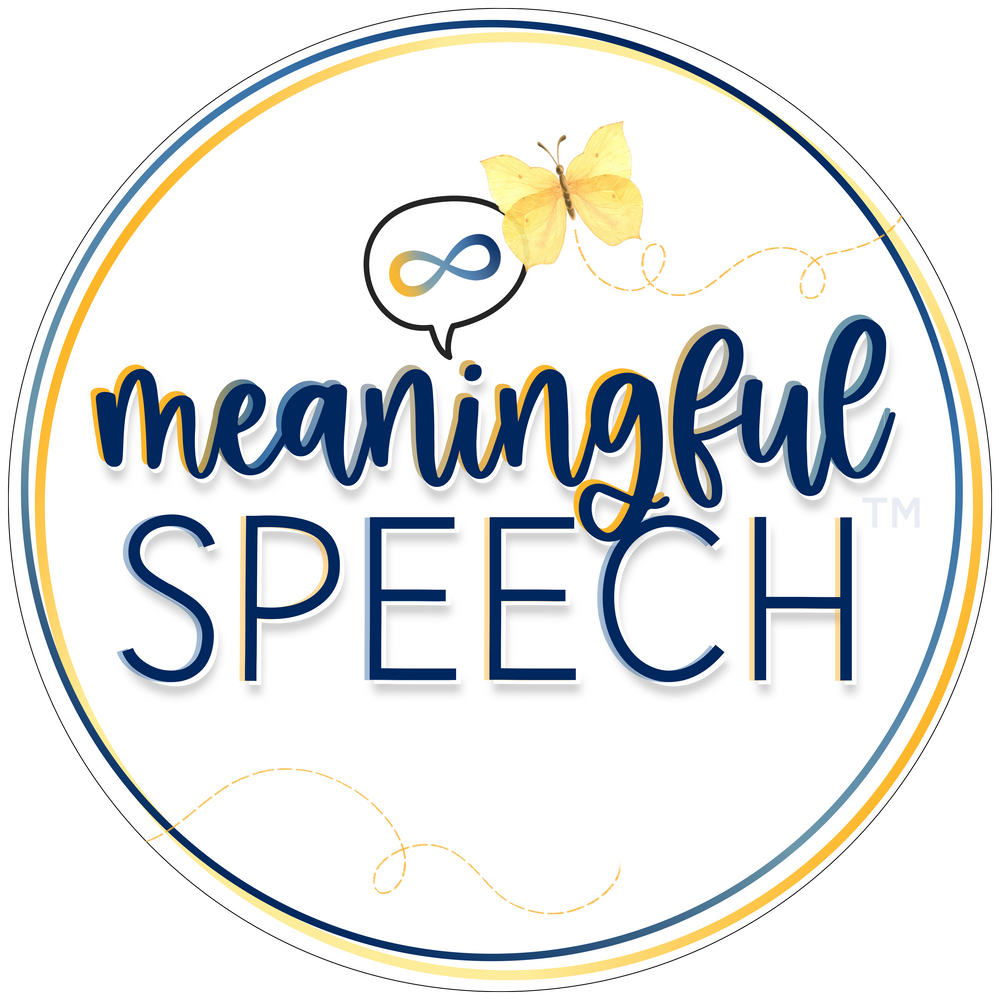What Is (and Isn’t) a Gestalt?
Jun 25, 2025
When supporting gestalt language processors, it’s essential to understand what a gestalt truly is. Many people assume a gestalt is simply a whole phrase. But that’s a common misconception. Let’s break it down.
What Is a Gestalt?
A gestalt is not just a string of words. It's a chunk of language deeply tied to an experience, stored and used as a whole. Think of it as a personal "soundtrack" to a moment or feeling.
Here’s what defines a gestalt:
-
It’s a whole experience. A gestalt is something that, when considered as a whole, has qualities greater than the sum of its parts.
-
It’s emotionally anchored. The language is connected to an experience and often holds emotional meaning.
-
It’s naturally acquired. Gestalt language processors do not learn language one word at a time. Instead, they absorb full strings of language naturally, based on intonation and emotion.
-
It’s intonationally defined. Gestalt processors are “intonation babies” (Rydell & Prizant, 1984), meaning the rhythm and melody of language matter more than the individual words.
-
It’s not always intelligible. A gestalt might be a long phrase, a single word with deeper meaning, or even a sound or body movement.
A few examples:
-
A long phrase from a TV show or something a caregiver said

-
A string of sounds or words that carry unique intonation

-
A single word like “dog” that might mean “I want to see the neighbor’s dog,” “turn on that dog song,” or “I remember when we saw a dog yesterday”

What Isn’t a Gestalt?
Understanding what a gestalt is not can be just as important. Here are some common misconceptions:
-
Gestalts are NOT just any phrase. Even if you model a full phrase or program it into an AAC device, it doesn't become a gestalt unless the child naturally picks it up and it holds meaning for them.
-
Gestalts are NOT universal. There's no set list of phrases to use with all gestalt processors. What you model needs to be individualized, based on the child's interests, experiences, and communicative intent.
-
Gestalts are NOT meant to be expanded or corrected. At Stage 1, gestalts are stored as whole units. You shouldn't try to add to or modify them, even single-word gestalts. Instead, offer new potential gestalts that can be easily mitigated later.
-
Gestalts are often NOT literal (but sometimes they are!) . Children at this stage don’t recognize the individual words as having separate meanings. What sounds out-of-context to you might be very in-context for the child. Our job is to become curious communication detectives.
Want to dive deeper into child-led therapy, gestalt language development and neurodiversity-affirming practices?
There are so many ways to keep learning and growing as a parent or professional:
- There are many free podcasts, webinars and articles to get you started. A comprehensive list of resources can also be found on our website. We now have a FREE masterclass on echolalia and child-led therapy and a Beginner's Guide to AAC & Gestalt Language Processing that are perfect for anyone starting their learning journey or on the fence about purchasing our courses!
- Meaningful Speech Course or AAC + Gestalt Language Processing Course: Deepen your understanding of gestalt language processing and learn strategies to support gestalt language development with one of our self-paced courses or webinars.
- SLP Registry: Find speech-language pathologists experienced in supporting gestalt language processors and child-led therapy.
- Free Webinars and Articles: Access free information to further your own knowledge or get free resources you can share with others.
